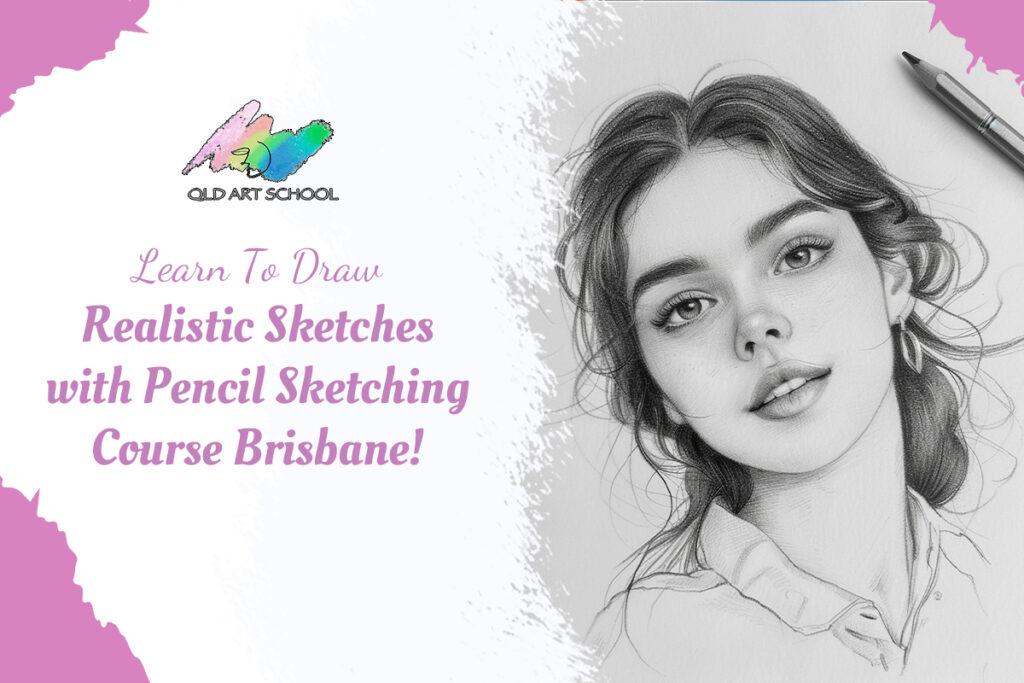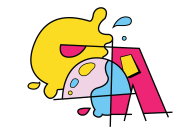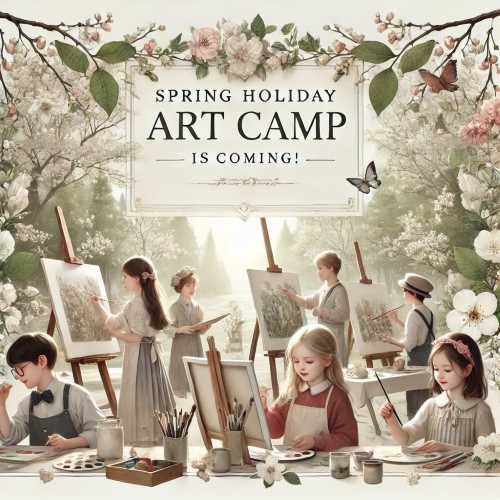
Realistic painting and drawing have captivated artists and enthusiasts for centuries. At the heart of this timeless art form lies realistic pencil sketching – a technique that allows artists to recreate life on paper with precision and depth. Achieving realism involves more than talent; it requires mastering specific techniques to bring an image to life. In Brisbane, aspiring artists can tap into an ideal learning environment through the pencil sketching course in Brisbane, designed to guide students in creating lifelike sketches by focusing on the essential skills required for realism. This blog will dive into four core elements of realistic pencil drawing and why Brisbane’s top-rated sketching course is an excellent choice for beginners.
The Best Factors to Consider for Realistic Pencil Drawing
To elevate a drawing from simple line work to a lifelike creation, mastering the following elements is essential:
Precision Drawing
Precision is the foundation of realistic art, demanding that each detail aligns perfectly with what’s observed. Achieving high accuracy requires a methodical approach:
- Foreshortening: This technique helps artists maintain accurate proportions when drawing objects in perspective. Objects appear smaller as they recede from the viewer, and surfaces in direct view will appear shortened. By mastering foreshortening, artists can create depth, making their drawings more dynamic and realistic.
- Measuring Proportions and Angles: The pencil sketching course in Brisbane introduces techniques like the grid method and proportion measurement, which help beginners accurately transfer details from reference images. Using a pencil to measure relative proportions or checking angles with one eye closed (to minimise depth perception) are techniques taught to refine accuracy.
When drawing from life or a photograph, a few strategies can help with precision:
- Grid method: Divide your reference image and drawing surface into grids, then transfer details grid by grid. This method promotes accuracy, especially for beginners.
- Proportion measurement: Use your pencil to measure the relative proportions of your subject, maintaining balance and accuracy in all parts of the drawing.
By studying the subject carefully and sketching only after fully observing all unique features, beginners can capture realism in every stroke.
Brightness Values
To draw realistic images, you need to understand and apply brightness values – the levels of light and dark that give depth and dimension to a sketch. Here’s a breakdown of how it’s achieved:
- Understanding Light Sources: Realistic drawing demands close observation of light and shadow. Recognising where the light source falls on an object and where it casts shadows enables an artist to capture three-dimensionality.
- Using a Range of Pencils: The Pencil Sketching Course Brisbane teaches students to use various pencils, from harder (H) to softer (B), to create a full range of values. Harder pencils produce lighter shades, while softer pencils yield darker tones, crucial for representing depth.
- Evaluating Brightness Range: The balance between the lightest and darkest areas in a drawing can significantly impact the final result. Without this range, a sketch may appear flat, whereas a well-balanced drawing will have depth, detail, and dimension.
Edges
Edges are where two different brightness values meet, playing a crucial role in defining the structure of the sketch. They guide the viewer’s eye and contribute significantly to the realism of a drawing.
Types of Edges:
- Sharp Edges: Used where there’s a stark contrast between light and dark.
- Soft Edges: Gradual transitions between values create softer, more rounded shapes.
- Lost Edges: When an object seamlessly blends with the background, adding depth and creating visual intrigue.
The pencil sketching course in Brisbane provides an in-depth exploration of each edge type, guiding beginners on where and how to apply them to achieve the most realistic effect.
Transitions
Transitions – the blending of one value into another – are essential in creating a smooth, realistic look. For example, drawing a curved surface requires careful transitions from light to dark to mimic the effect of rounded edges.
- Layering: Applying multiple layers of pencil strokes gradually helps in achieving smooth transitions, ensuring that light and dark areas flow seamlessly into each other.
- Blending Tools: Tools such as blending stumps or cotton swabs can help blur harsh lines and create the smooth finish that is often needed in realistic art.
- Textural Techniques: Techniques like cross-hatching and stippling are taught in detail in Brisbane’s course. These allow artists to achieve texture and nuanced shading, enhancing the illusion of a real, three-dimensional object.
- Layering: Gradually build up layers of pencil strokes to transition smoothly from light to dark areas.
- Blending tools: Use blending stumps, cotton swabs, or even a soft brush to help blur lines and create seamless transitions.
- Cross-hatching and stippling: These techniques, covered extensively in Brisbane’s course, are particularly useful for creating subtle changes in tone across surfaces.
By mastering these four elements – precision, brightness values, edges, and transitions – artists can transform simple sketches into realistic works of art that engage the viewer.
Grow Your Drawing Skills with the Best Pencil Sketching Course in Brisbane
For those eager to perfect their drawing skills, a structured learning environment is invaluable. pencil sketching course in Brisbane offers an ideal setting for beginners and intermediates to build foundational skills, gradually advancing to more complex techniques. The course provides:
- Expert Guidance: Instructors skilled in realistic pencil drawing break down complex techniques into manageable steps, enabling students to progress confidently.
- Interactive Learning: Regular feedback sessions encourage improvement, helping students refine their skills over time.
- Practise Assignments: These assignments help reinforce the skills learnt, allowing students to develop consistency and confidence.
- Community Engagement: Engaging with fellow students fosters collaboration, motivation, and mutual growth, providing a supportive environment.
Alongside pencil sketching, Brisbane also offers diverse options for kids’ drawing and painting classes, providing a solid foundation for young artists to expand their creative horizons early on.
Conclusion
Creating realistic pencil sketches is a journey that combines observation, patience, and refined technique. By focusing on key elements like precision, brightness values, edges, and transitions, artists can produce strikingly lifelike artworks. For those in Brisbane, the Pencil Sketching Course offers a unique opportunity to learn these techniques in a structured, supportive environment, guided by professionals. Whether you’re drawing for personal enjoyment or professional growth, mastering the art of realistic sketching can be a deeply rewarding pursuit.



